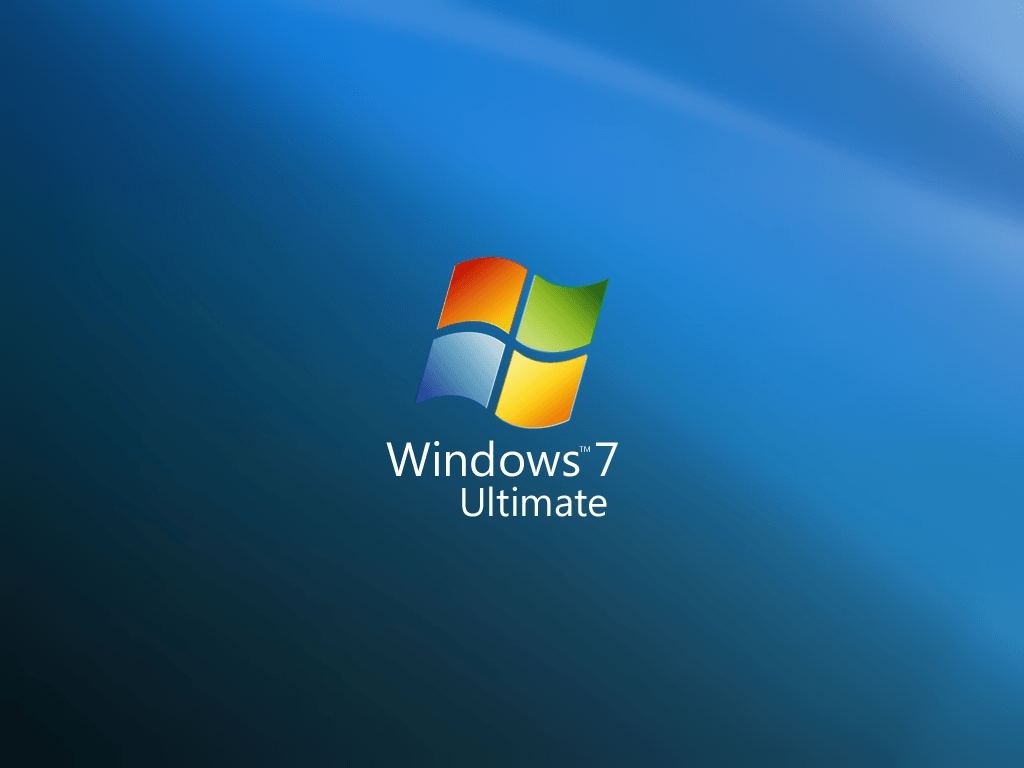Server To Server Migration

Introduction to Server Migration

Server migration is the process of transferring a server’s operating system, applications, and data from one physical or virtual server to another. This can be a complex and challenging task, requiring careful planning and execution to ensure minimal downtime and no data loss. In this article, we will discuss the process of server-to-server migration, including the benefits, types, and steps involved.
Benefits of Server Migration

Server migration can offer several benefits, including: * Improved performance: Newer servers can provide faster processing, more memory, and better storage, leading to improved overall performance. * Increased security: New servers can have the latest security patches and updates, reducing the risk of security breaches. * Cost savings: Migrating to a new server can help reduce energy consumption, cooling costs, and maintenance expenses. * Enhanced scalability: New servers can be easily scaled up or down to meet changing business needs. * Better support: New servers can come with better support and warranty options, reducing downtime and increasing overall system reliability.
Types of Server Migration

There are several types of server migration, including: * Physical to physical (P2P) migration: Migrating a server from one physical location to another. * Physical to virtual (P2V) migration: Migrating a physical server to a virtual machine. * Virtual to virtual (V2V) migration: Migrating a virtual machine from one virtualization platform to another. * Cloud migration: Migrating a server to a cloud-based infrastructure.
Steps Involved in Server Migration

The steps involved in server migration can vary depending on the type of migration, but here are some general steps: * Assessment and planning: Assess the current server infrastructure and plan the migration, including the type of migration, timeline, and resources required. * Data backup and transfer: Backup all data and transfer it to the new server. * Operating system and application installation: Install the operating system and applications on the new server. * Configuration and testing: Configure the new server and test all applications and services. * Cutover and deployment: Cutover to the new server and deploy it to production.
📝 Note: It's essential to have a detailed plan and timeline in place before starting the migration process to ensure minimal downtime and no data loss.
Tools and Techniques for Server Migration

There are several tools and techniques that can be used to facilitate server migration, including: * Migration software: Specialized software that can automate the migration process, such as VMware vCenter or Microsoft System Center. * Cloning tools: Tools that can clone the entire server, including the operating system, applications, and data, such as Acronis or Symantec Ghost. * Virtualization platforms: Platforms that can virtualize the server, such as VMware or Hyper-V. * Cloud migration services: Services that can migrate servers to the cloud, such as Amazon Web Services (AWS) or Microsoft Azure.
Challenges and Risks of Server Migration

Server migration can be a complex and challenging process, and there are several risks and challenges to consider, including: * Downtime and data loss: The risk of downtime and data loss during the migration process. * Compatibility issues: The risk of compatibility issues between the old and new servers. * Security risks: The risk of security breaches during the migration process. * Cost and resource constraints: The risk of exceeding budget and resource constraints during the migration process.
Best Practices for Server Migration

To ensure a successful server migration, here are some best practices to follow: * Plan carefully: Plan the migration carefully, including the type of migration, timeline, and resources required. * Test thoroughly: Test all applications and services thoroughly before cutover. * Use automation tools: Use automation tools to simplify the migration process. * Monitor and report: Monitor the migration process and report any issues or errors. * Have a rollback plan: Have a rollback plan in place in case of any issues or errors during the migration process.
| Server Migration Type | Description |
|---|---|
| Physical to Physical (P2P) | Migrating a server from one physical location to another. |
| Physical to Virtual (P2V) | Migrating a physical server to a virtual machine. |
| Virtual to Virtual (V2V) | Migrating a virtual machine from one virtualization platform to another. |
| Cloud Migration | Migrating a server to a cloud-based infrastructure. |

In summary, server migration is a complex process that requires careful planning and execution to ensure minimal downtime and no data loss. By understanding the benefits, types, and steps involved in server migration, as well as the tools and techniques available, organizations can ensure a successful migration and improve their overall server infrastructure.
What is server migration?

+
Server migration is the process of transferring a server’s operating system, applications, and data from one physical or virtual server to another.
What are the benefits of server migration?

+
The benefits of server migration include improved performance, increased security, cost savings, enhanced scalability, and better support.
What are the different types of server migration?

+
The different types of server migration include physical to physical (P2P), physical to virtual (P2V), virtual to virtual (V2V), and cloud migration.



